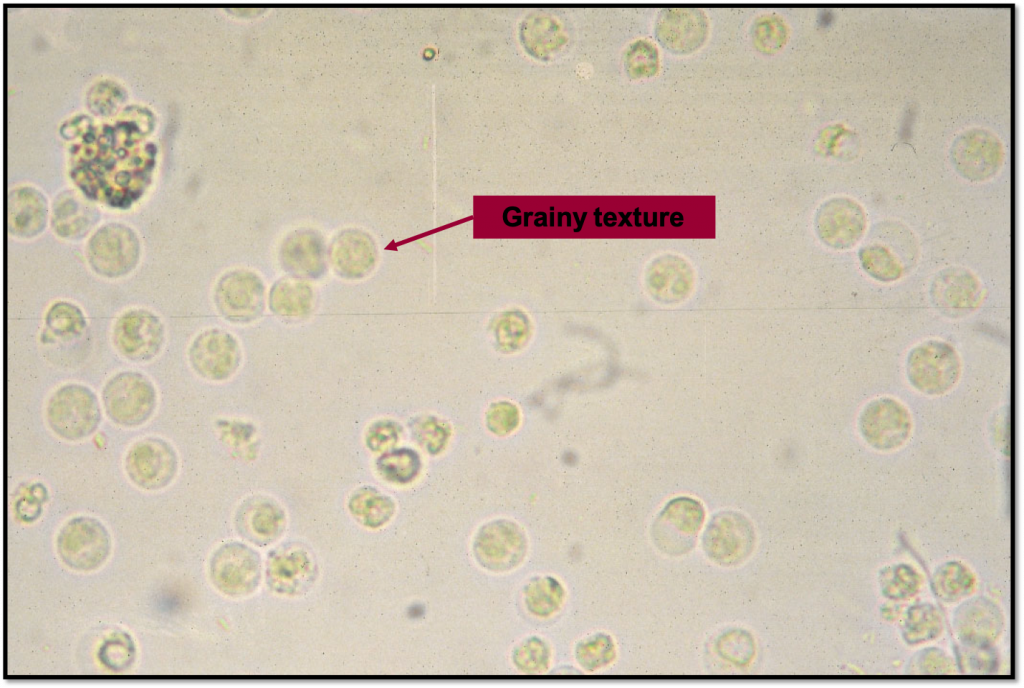

As blood passes through the glomerulus, 10 to 20 percent of the plasma filters out of the fenestrations, through the basement membrane and between these sieve-like fingers to be captured by the glomerular capsule and funneled to the PCT. The pedicels interdigitate to form filtration slits, leaving small gaps that form a sieve. A thin basement membrane lies between the glomerular endothelium and the podocytes. It transitions over the glomerulus as uniquely shaped cells ( podocytes) with finger-like arms ( pedicels) that cover the glomerular capillaries ( Figure 25.2.2). The outermost part of glomerular capsule is a simple squamous epithelium. The glomerular capsule captures the filtrate created by the glomerulus and directs this filtrate to the PCT. The glomerulus is a high pressured, fenestrated capillary with large holes ( fenestrations) between the endothelial cells. Microanatomy of the Nephron Renal CorpuscleĪs discussed earlier, the renal corpuscle consists the glomerulus and the glomerular capsule. Visit this link to view an interactive tutorial of the flow of blood through the kidney. EDITOR’S NOTE: ADD cortical & justamedullary nephrons to this image like the model in our lab combine this figure with the next. The efferent arteriole is the connecting vessel between the glomerulus and the peritubular capillaries and vasa recta. Figure 25.2.1 – Blood Flow in the Nephron: The glomerulus filters blood into the glomerular capsule the peritubular capillary reclaims substances from the tubule. Since a capillary bed (the glomerulus) drains into a vessel that in turn forms a second capillary bed, this is another example of a portal system (also seen in hypothalamus-pituitary axis and hepatic portion of the digestive system). For juxtamedullary nephrons, the portion of the capillary that follows the loop of Henle deep into the medulla is called the vasa recta. As the glomerular filtrate progresses through the tubule, these capillary networks recover most of the solutes and water, and return them to the circulation. The efferent arteriole then forms a second capillary network around the tubule, called the peritubular capillaries. About 15 percent of nephrons have very long loops of Henle that extend deep into the medulla and are called juxtamedullary nephrons.īlood exits the glomerulus into the efferent arteriole ( Figure 25.2.1). These nephrons are called cortical nephrons. Though all nephron glomeruli are in the cortex, some nephrons have short loops of Henle that do not dip far beyond the cortex.

Filtered fluid caught by the glomerular capsule ( filtrate) travels through the rest of the tubule to the proximal convoluted tubule (PCT), loop of Henle and distal convoluted tubule (DCT), in this order, before exiting the nephron into common collecting ducts shared by many nephrons. The glomerulus and glomerular capsule together form the renal corpuscle. The proximal end of the tubule that surrounds the glomerulus and catches the filtered fluid is the glomerular (Bowman’s) capsule. Blood is filtered by the glomerulus to produce a fluid which is caught by the nephron tubule, called filtrate. For each nephron, an afferent arteriole feeds a high-pressure capillary bed called the glomerulus. Each nephron consists of a blood supply and a specialized network of ducts called a tubule.

The nephrons also function to control blood pressure (via production of renin), red blood cell production (via the hormone erythropoetin), and calcium absorption (via conversion of calcidiol into calcitriol, the active form of vitamin D). Nephrons are the “functional units” of the kidney they cleanse the blood of toxins and balance the constituents of the circulation to homeostatic set points through the processes of filtration, reabsorption, and secretion. Describe the histology and functional significance of the proximal convoluted tubule, loop of Henle, distal convoluted tubule, and collecting ducts.Describe the structure and function of the juxtaglomerular apparatus.Discuss the function of the peritubular capillaries and vasa recta.Identify the major structures and subdivisions of the renal corpuscles, renal tubules, and renal capillaries.Describe the structure of the filtration membrane.Distinguish the histological differences between the renal cortex and medulla.

By the end of this section, you will be able to:


 0 kommentar(er)
0 kommentar(er)
